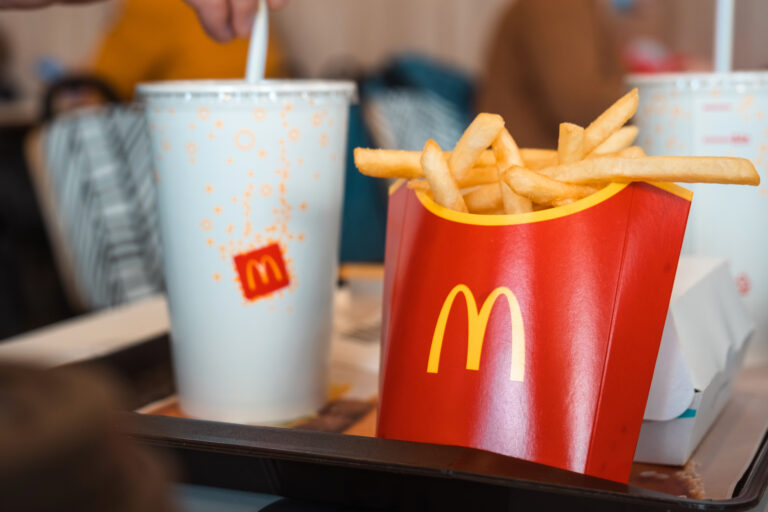The Problem: Making Sales, But Always Running Out of Money
A business owner was bringing in consistent revenue—$50,000 per month—but cash was always tight. Despite steady sales, they couldn’t cover expenses comfortably, had no personal income, and were constantly on edge about payroll.
What was happening behind the scenes:
Customers paid upfront, but the owner reinvested funds too quickly
Supplier payments and ad costs added up before profits were realized
No buffer existed to handle slow months or emergencies
They were growing on paper—but one slow sales cycle could wipe them out.
The Fix: Structure Cash Flow Like a Casino
We applied a strategy inspired by a principle we’ve seen work across multiple businesses—the idea that the house always wins because it controls the cash from the start. Here’s how the system was set up:
Split Every Sale Into Allocations
Revenue was divided immediately into separate accounts for profit, expenses, and taxes using a structured allocation method. This prevented overspending and made funds purpose-driven.Create a Built-In Buffer
A reserve account was introduced to hold two months’ worth of baseline expenses—ensuring the business never dipped below critical cash levels.Align Payment Timing with Cash Flow
Supplier terms were renegotiated to better match the timing of incoming customer payments. This eased pressure and eliminated the need to front-load costs.
This is a common structure we’ve helped implement in businesses that show healthy top-line numbers but still experience financial stress.
The Results: From Cashflow Panic to Predictable Stability
Built two months of cash reserves within three months
Covered all major expenses in advance—no more scrambling at the end of the month
Started paying themselves a consistent income, without guilt or hesitation
By controlling how cash was allocated from the moment it arrived, they finally broke the cycle of chasing the next sale just to stay afloat.

